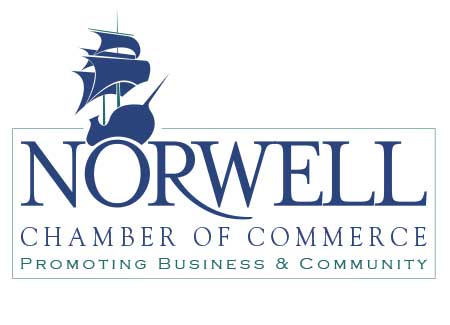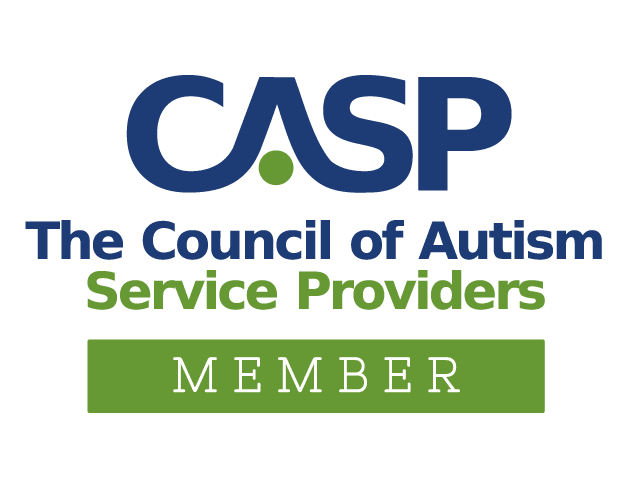Finding a Good ABA Provider
Trying to find help when your child is diagnosed with Autism Spectrum Disorder (ASD) is hard. Trying to find good help? For many families, that is even harder.
Since the Act Relative to Insurance Coverage for Autism (ARICA) law passed in Massachusetts in 2010, families have been presented with new options for treating ASD. One of those options is Applied Behavior Analysis (ABA), a scientifically-backed therapy shown to work very well when treating individuals with ASD. As a result of ARICA, more agencies are providing ABA therapy. Unfortunately, while many behavioral therapy providers advertise they conduct ABA, not all providers are the same, and there isn’t a governing body that ensures a standard quality of care. Unless a parent has tried different providers, many parents don’t know the difference.

Questions to Ask Your Potential ABA Provider:
1. Do you have Board Certified Behavior Analysts (BCBAs) on staff?
BCBAs are specially trained to develop, implement, and manage ABA cases. ABA is very technical – it is important that the person in charge of your child’s treatment is qualified.
2. Will my child’s case be managed directly by a BCBA?
Watch out for companies that have non-BCBAs managing cases. This is often a sign of a company asking their BCBAs to manage a high number of cases. Because they are so busy, the amount of time that the expert has to work with your child is limited. Additionally, “BCBA Candidate” is not an official title or recognized qualification.
3. What is the maximum number of cases managed by one BCBA?
BCBAs that manage more than 10-15 cases may have trouble providing enough staff supervision and parent training.
4. How is parent training provided?
Many insurance companies ask parents to get involved with treatment. Look for a BCBA that will provide monthly training in person and, when needed, will practice with you.
5. What training does your direct-level staff (paraprofessionals, ABA therapists or tutors, etc.) receive prior to working with clients?
It’s common for people to join this area of work at the direct level with little to no experience. It is very important that they (a) receive ABA-specific training prior to working with a client, and (b) complete extra workshops and training to build their skills.
6. How much on-site training and supervision will direct-level staff receive prior to running sessions independently with my child?
EVERY child is different and so every ABA treatment plan is different. No direct-level staff should start working with a new client without some on-the-job training (known as “overlaps”). This is done with either the supervising BCBA or another direct-level staff that has already worked with that specific client.
7. How often do staff meet with their supervisors?
Your child’s BCBA should provide staff supervision at least 2-4 times per month to watch staff working with the client and give direct feedback. This makes sure that the program’s goals are being met.
8. What is the average number of ABA programs run in a typical 3-hour session?
On average, expect staff to get through at least 10 ABA programs within a 3-hour session. Anything less may be a sign of poor training or lack of understanding of the importance of “high-intensity” (repetitive & fast-paced) teaching to take advantage of neuroplasticity in the human brain (the brain’s ability to change its structure in response to what it experiences).
9. Are parents allowed to join or watch an ABA session?
The answer to this should ALWAYS be “YES!” The goal should be for parents to learn as much as possible so that they can do the ABA strategies themselves. The only catch to this rule is if the child is too distracted by having the parent there. Even then the parent should watch from a spot where the child cannot see them.
10. How many direct staff will work with my child?
Look for companies that will place at least 2 direct-level staff with your child. For children with autism, having more than one staff member teaching your child a skill helps increase the chances your child will learn the skill and keep it.








